Elevate your space with this captivating lighting technique
Written by
05 May 2025
•
4 min read
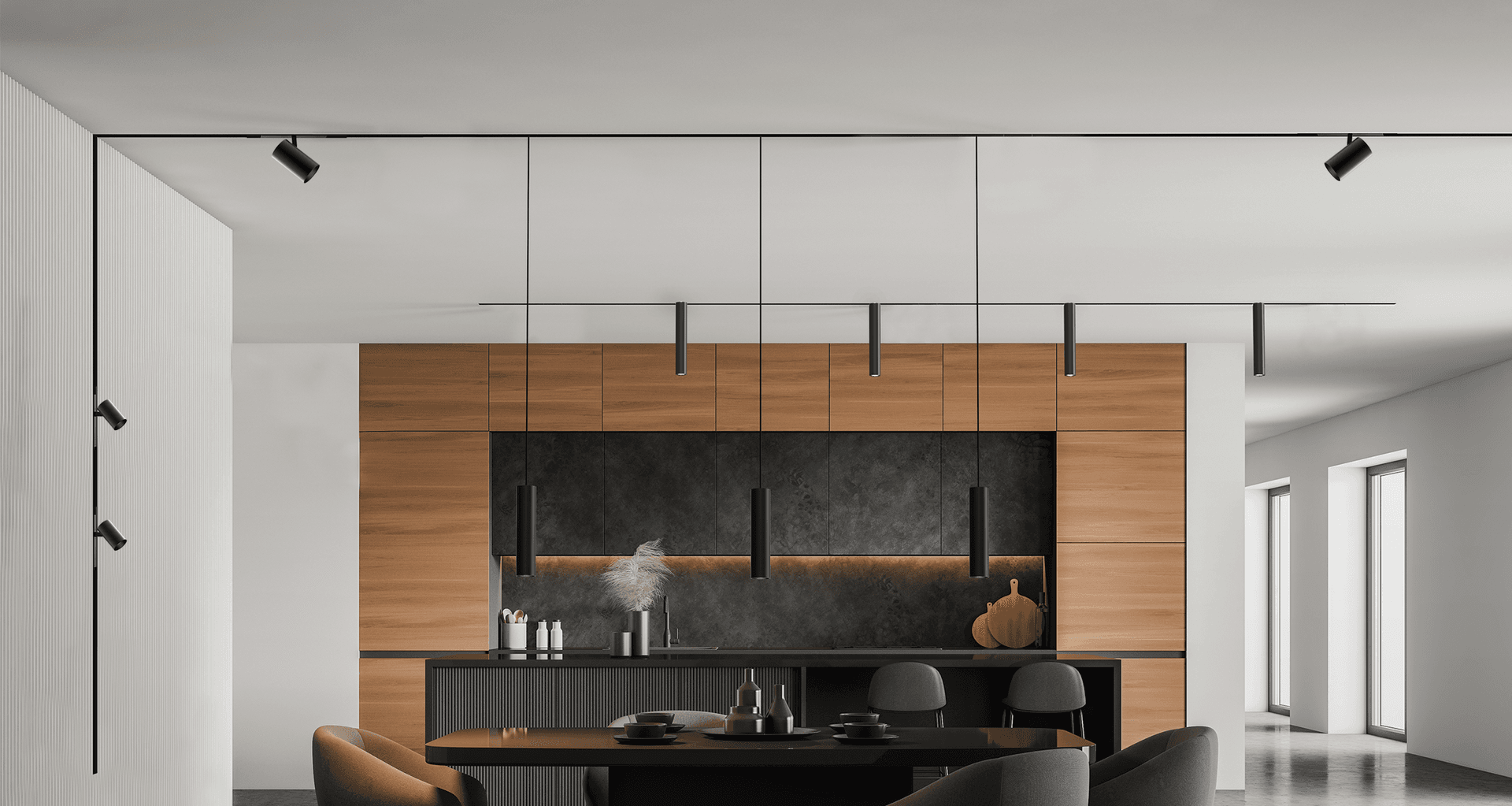
Lighting is one of the most effective ways to create ambience, allowing you to direct the eye, curate the mood, and enhance the overall feel of a space. To craft a dynamic, inviting atmosphere, lighting designers layer multiple types of lighting in a room, positioned strategically to highlight architectural features, artwork, or task-oriented spaces.
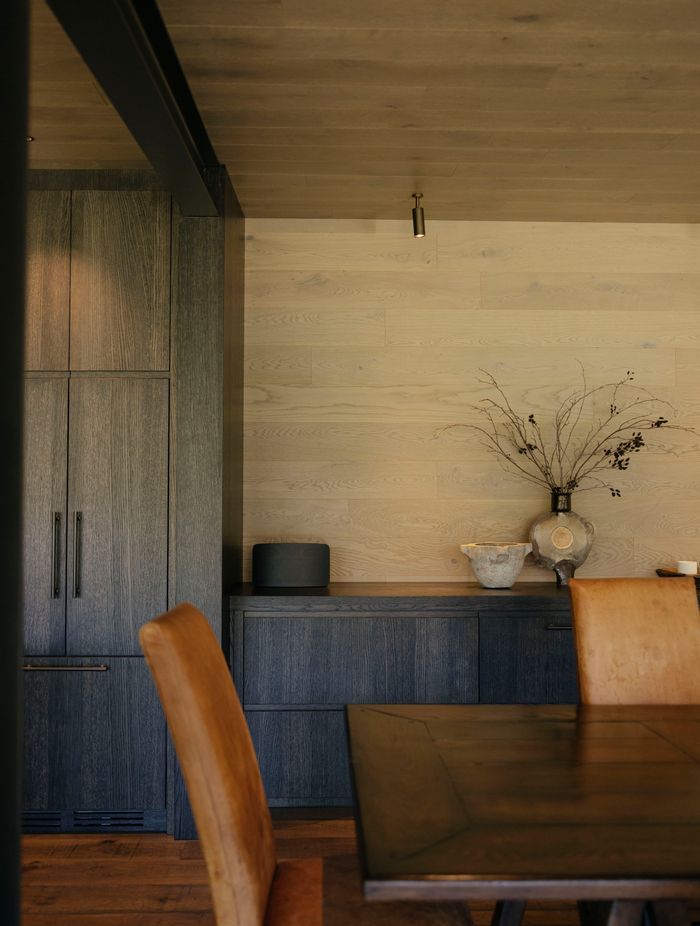
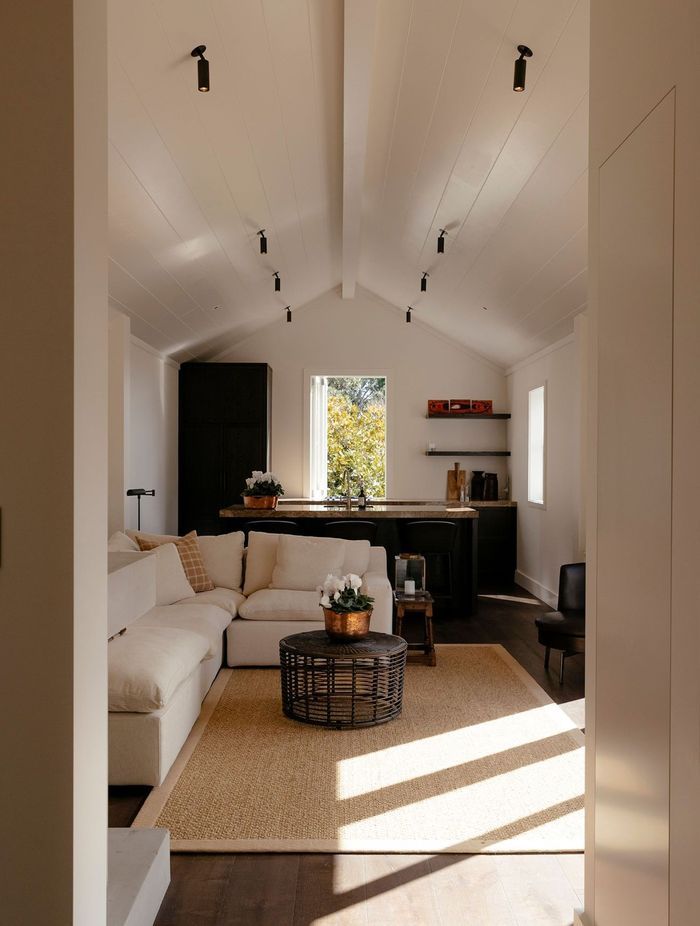
Why is layered lighting so effective?
“Layered lighting creates depth and dimension,” says Ardy Phillips of Targetti Lighting. “When you combine different light sources, you can highlight different areas of a room, creating a more visually interesting and dynamic space. This depth helps break up flat, uniform lighting that can feel cold or sterile.”
With layered lighting, you can easily adjust the mood based on your needs. Switch from bright, focused lights for tasks to soft, ambient light for relaxation, or accent lighting to highlight artwork or architectural features.
“Different lighting layers can also serve functional purposes. Task lighting makes it easier to see and perform specific activities like reading or cooking, while ambient lighting creates a general sense of warmth and comfort. Without layering, a room might feel either too bright or too dim for various activities.”
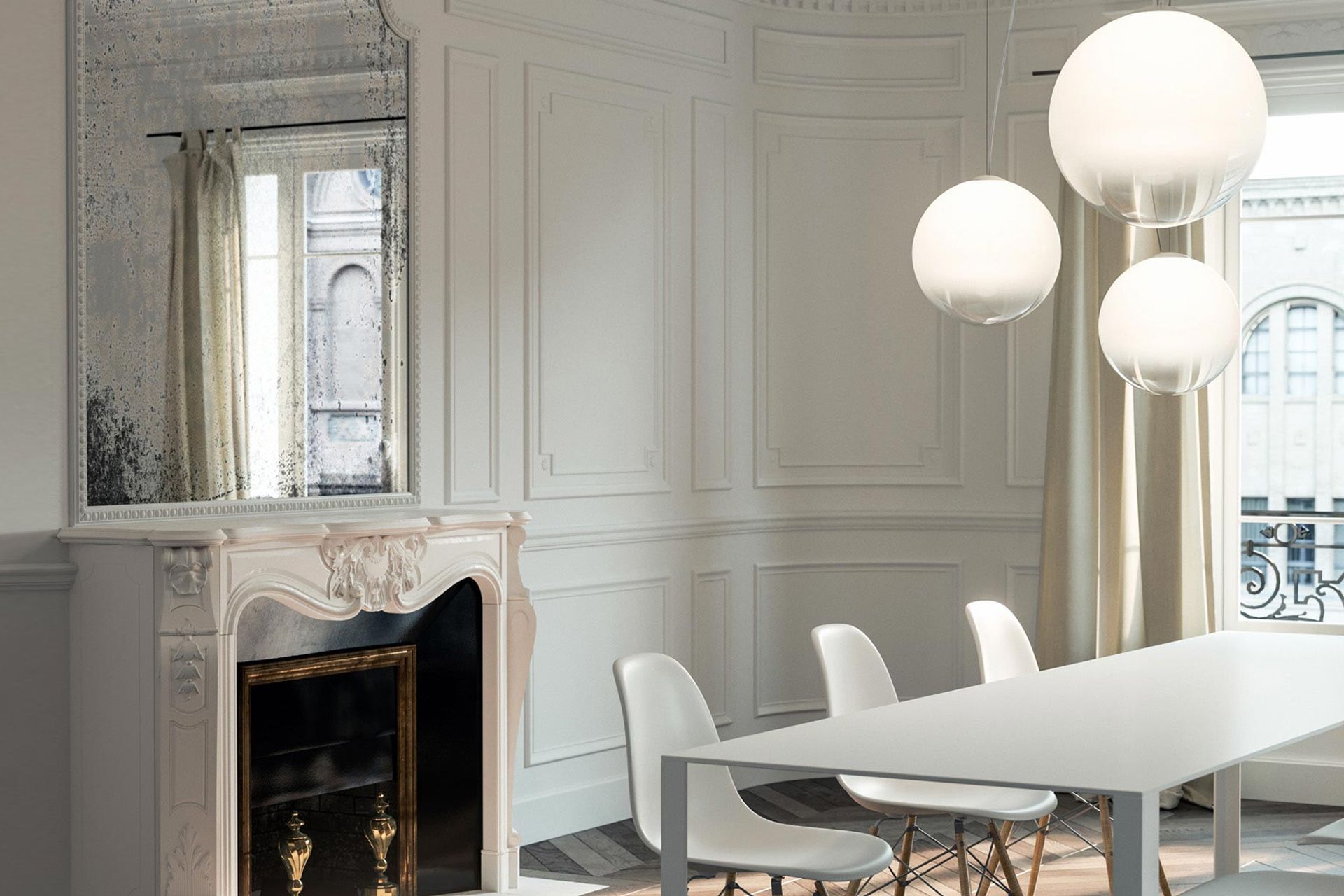
Choosing the right lighting styles for effective layering
There are many different lighting styles you can use to create layers, and the lights you choose will depend on the requirements of your space.
For general lighting and highlighting architectural features, Ardy suggests downlights like the IBL Cone Family, a small, deep recessed downlight family with high-quality optics. This subtle downlight can illuminate an entire room or specific features within the space, with multiple beam angles and accessories on offer.
“Track lighting is ideal for illuminating artworks in hallway galleries. You can also use integrated track systems that incorporate pendants and linear systems for general and task lighting. A great example is the Targetti Forty Eight system,” Ardy says.
“Where track lighting doesn’t work, surface-mounted spotlights or can lights can be strategically placed to illuminate artworks or accent architectural features. Surface mounted spotlights or can lights are also ideal if recess fittings are not an option due to limited space in the ceiling void or the ceiling material.”
Decorative lights are a great way to anchor dining tables, kitchen benches, or lounge suites, creating a soft ambient effect. If you want an alternative to downlighting, wall lighting can also do the trick.
“Use decorative wall sconces to add ambient lighting, or more performance-based wall lights to highlight ceiling voids and reflect light down for general lighting of the space. This removes the need for downlights.”
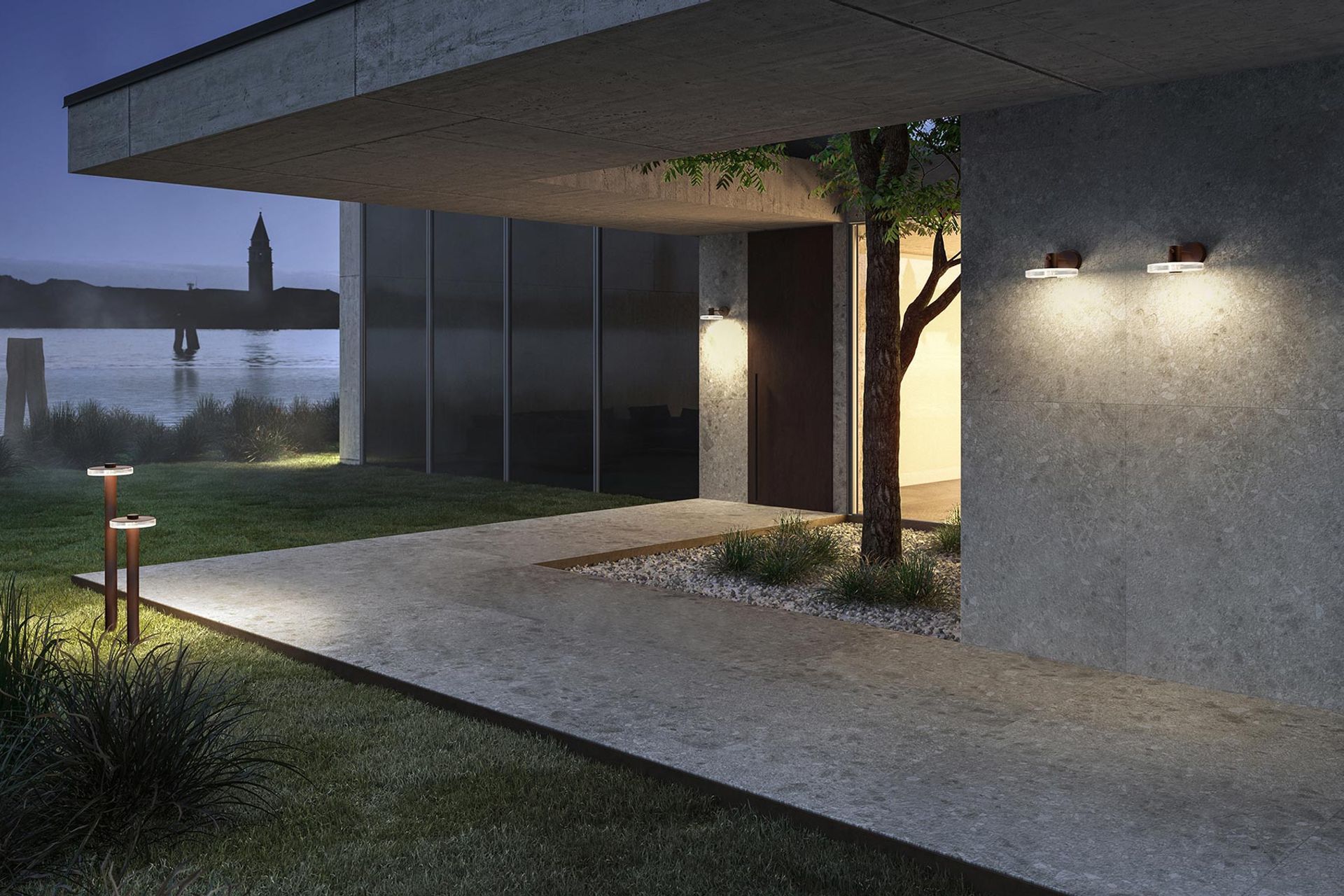
Dimmers, timers, and installation
It’s not just the lighting style that impacts ambience, dimmers, timers, and lighting placement also play an important role.
“To ensure your artwork or architecture is the centre of attention, it’s important to use quality light fixtures that have deep recessed LED and precision optics with subtle beams to reduce spill light into surrounding areas. Dark reflectors absorb the light at the fixture, minimising any shine and making the light appear off even when it's on,” Ardy explains.
Dimmers and control systems can be used to create scenes and themes within an environment, helping to enhance the mood. For example, higher light levels in the early evening during dinner prep will make cooking and service easy, while transitioning to lower light as the evening progresses will result in a more relaxed ambience. Control systems can also create autonomous lighting scenes, automatically turning on outdoor and landscape lighting scenes.
“Sensors can be used strategically to create ease of movement,” Ardy says. “Place sensors to assist nighttime navigation without the need to find a switch — perfect for guiding paths to the kitchen, bathrooms, or front door, for example.”
Learn more about Targetti Lighting.